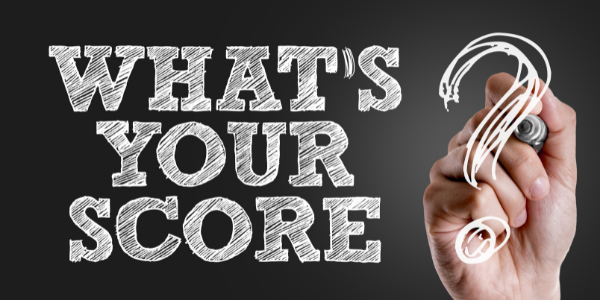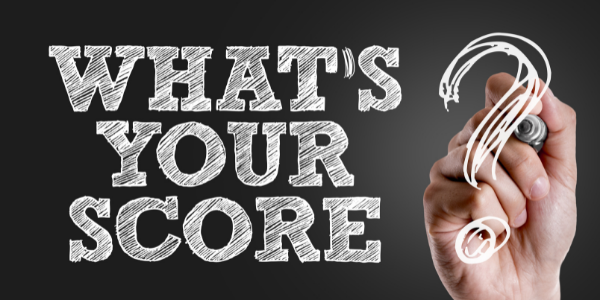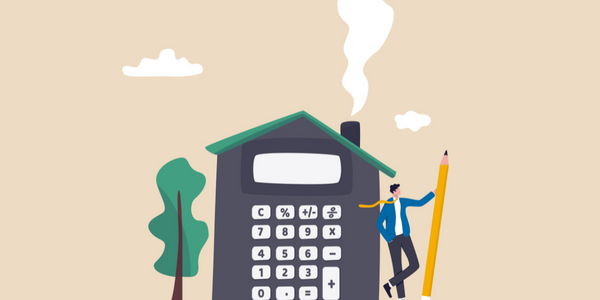
It’s true that credit can be an important part of qualifying for a home loan, but it’s not the end-all and be-all. There are buyers who get a home loan with little or no credit—the process just takes a few extra steps.

Those steps can depend on a few factors, including whether you have a cosigner, as well as the size of your down payment. They will also depend on what type of home loan you’re pursuing.
Conventional (Fannie Mae/Freddie Mac) Loans
Conventional borrowers in the U.S. need at least two payment references. A payment reference is almost like a receipt in that it confirms that a certain person paid a specific amount toward a bill or company.
Payment references almost always take the form of a “code” that contains a unique set of numbers and letters that link your payment to a specific transaction. If this isn’t included, you can always add a few details in the “payment reference” section of an online transaction to note what the payment is for.
Payment references must be non-credit payment references or tradelines that don’t appear on the credit report. So credit cards, student loans, car leases, and installment loans wouldn’t work, but rent, utilities, and other such payments would.
If two or more borrowers have the same payment reference, then the payment reference can count for each of those borrowers. Each payment reference must have existed for at least the most recent 12 months.
In addition, at least one borrower must have a housing payment history as one of the payment references. If more than one borrower has a housing payment history, then all the housing payment histories for the most recent 12 months (or length of housing payment history if less than 12 months) must be verified.
FHA/VA Loans
If you want to get a home loan with no credit and are eligible for an FHA (Federal Housing Authority) or VA (Veterans Affairs) loan, the lender can obtain a Non-Traditional Mortgage Credit Report (NTMCR) from a credit reporting company.
This type of report is used to access the credit history of a borrower who does not have trade references that appear on traditional credit reports. The NTMCR serves as a substitute for the more traditional Tri-Merged Credit Report (TRMCR) or Residential Mortgage Credit Report (RMCR).
The lender can also independently develop the borrower’s credit history.
This can be done by evaluating the applicant’s payment history on other items, including:
- Rent
- Utilities
- Internet
- Insurance premiums
- Tuition
- Retail payments
- Medical bills
- Personal loans
Alternatives for No-Credit Borrowers
As mentioned, a cosigner is one way to get a home loan with no credit—as long as that cosigner is creditworthy. Even though you’re the one making the payments, a cosigner is technically also on the hook for the loan should you stop paying.
For this reason, it’s wise for both parties to think long and hard about entering into this type of arrangement. It can be a great strategy if you want to get a home loan with no credit, but only when everyone knows exactly what they’re signing up for.
A larger down payment also shows the lender that you’re serious about this home and have skin in the game. Plus, a larger down payment means a lower loan amount, which equates to less risk for the lender. Even if you weren’t intending to put down a significant sum, some lenders will require a larger down payment if you want to get a home loan with no credit.
Borrowers with no credit will also enter into a manual underwriting process that will examine their level of risk. This will include analyzing elements such as income, employment, existing debt, and monthly expenses.
A manual underwriting process is beneficial nowadays because many lenders rely on fintech tools, such as automated underwriting systems, to qualify a borrower. However, these tools are likely to deny a loan application if a borrower doesn’t have any credit.
Building Credit
Of course, all of this can be avoided if you have good credit. The easiest way to build your credit profile is by getting started.
You can begin to build your credit by:
- Putting monthly bills, including utilities, car loans, and student loans, in your name—and paying them on time, every time.
- Applying for a credit card or two with a low balance, and then paying those balances off by their due dates.
- Asking your property manager if rental payment data is reported to any of the credit bureaus through platforms like Experian RentBureau. Programs like Rental Kharma and Chime also allow you to pay your rent through their apps, which can help you build some credit history.
- Becoming an authorized user on someone else’s credit card. Like a cosigner, that person is still responsible for any debts you accrue—and your credit score can be impacted if the account holder misses a payment. So be sure to choose a responsible account holder who understands all the pros and cons of this arrangement—and be sure to put some thought into the pros and cons for yourself as well.
There are many paths to homeownership, so never consider this milestone out of reach. Instead, contact a trusted APM Loan Advisor today to discuss your unique financial situation and goals. We’re always here to help, and we’re happy to provide the solutions you may be looking for!







